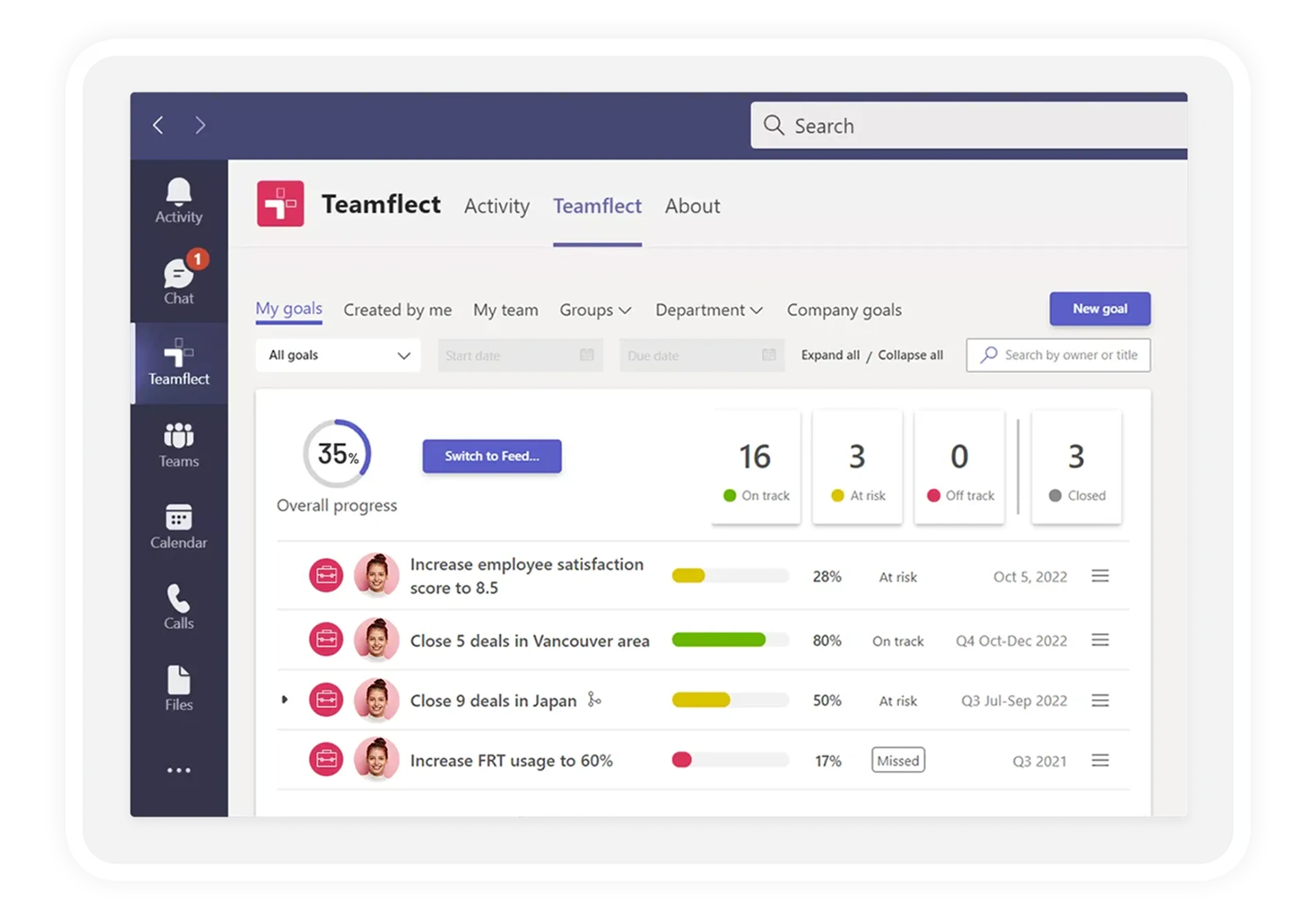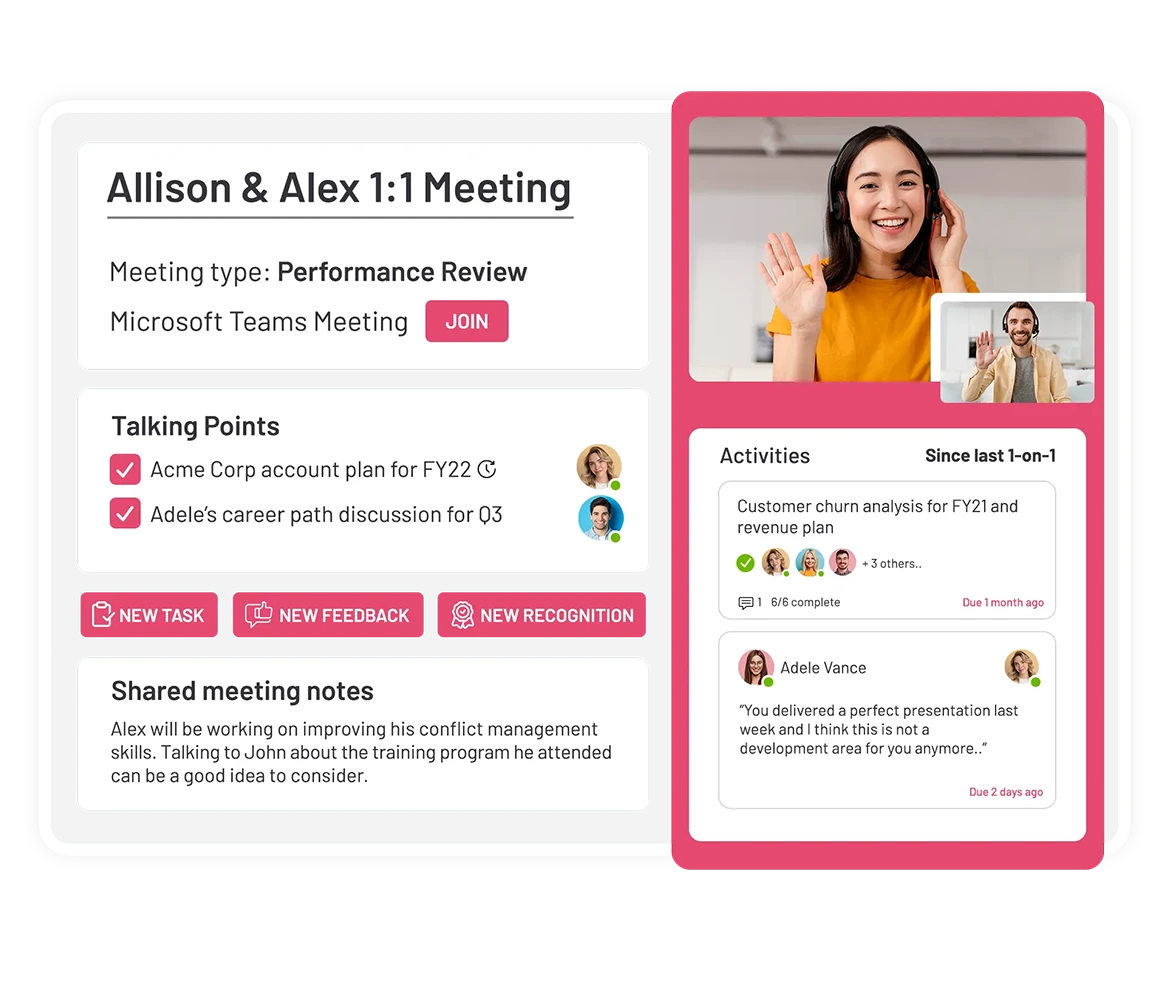‘How we spend our days is how we spend our life’
Humans aspire to achieve an abstract and tangible world; at any given rate, we are destined to set a goal within ourselves and go for it.
Any day we wake up, we set the purpose of our days, gradually walk towards our goals, and break down our hopes and desires into plans whether consciously or not in every wake of our lives, whether professional, personal, mental, or psychological.
How we spend our given day is how we retain our conscious action, take accountability and make our preferences to spend our lives with. However harmonious we are to have our experiences, elevating our state of being and living.
So we find it crucial to have this as a focal point in our aspirations. We exercise our goal setting prospects on a daily basis for ourselves, hence it is a need to be met by our surroundings, especially in the most practical form at our workplaces.
Locke (1964) came up with the very first Goal Setting Theory, where he focused on goal setting within the workplace. He found that employees were motivated more by clearly set goals and actionable feedback to help them achieve those goals.
Our ways of goal setting exercises may vary from individual exercises to group goal setting. These questions are to be addressed in this article, so let us proceed further.
Table of Contents
10 Goal Setting Exercises for Employees
Now, let’s explore the 5 goal setting exercises for employees! These team goal setting activities are great for carrying your organization further.
1. Standing Ovation

This exercise involves participation from multiple employees. You can start by asking all the participants to close their eyes and imagine they have achieved their set goals. Now, ask them to visualize as if they are present and standing in front of a large audience.
Once they open their eyes, you have to ask them what their achievement was and which steps it involved to get there.
Now, ask them to write down all these details on paper. However, you have to rewind from that standing ovation moment to the present. But, now the world is changing.
So, you have to replace the concept of paper with a tool. And, Teamflect for Microsoft Teams is a prime example. Not only does it allow you to write down your goals in a “SMART” way, but it also tracks them.
2. Reflect Your Yesterday
To set goals, it is better to know your capability first. And, you can do so by simply reflecting on your past work. Don’t worry; you do not have to go all the way before. You can start with yesterday.
This exercise includes listing down the result of multiple employees and their career goals. This way, you can also compare their responses and contributions to the organization.
3. Sticky Notes for One or Many

We are not telling you to write down your goals on sticky notes and look at them every day. Well, this exercise is a bit different. It requires contribution from several employees to mention their goals on sticky notes and compare with each other.
This goal setting exercise can be one of the group goal setting activities but also can be for individuals. That is because it allows you to share ideas and gain inspiration instead of working on a personal goal.
4. Note Down Your Average Perfect Day
Take pieces of paper and start writing your average perfect day. It should include all the tasks you do daily. Note that you should not involve in unusual activities, such as a trip.
Once you have it all written down, you can start noticing which daily tasks you can take out from the day and which ones you can include. This pattern will help you focus more on writing your goals, and you will start seeing opportunities that you have been missing out on for a long time.
5. Imagine One Year From Now
Another popular and effective goal-setting activity is “one year from now”. This can be used to think of your ideal work-life after a year. Tasks that are linked to long-term goals are frequently postponed by employees because they believe they can find more time to complete them later.
After a year, the outcome can often be a stagnation in performance. With this activity, participants can quickly determine and analyze what should happen each month to achieve the result they want.
After imagining where they want to be in a year, they need to consider what steps are necessary to get there. The key is picking realistic goals and not trying to do everything at once.
6. The Balloon in The Air

This might be the most fun exercise. You will need a balloon and two or three groups of participants for this. The task of the groups is to keep the balloon in the air for a specific number of hits without touching the ground. But no member can hit the balloon twice in a row.
Now, ask the participants how many hits they can manage and strategize. Each group will go three times, and, in the end, the team with the highest number +of hits in one attempt will win.
7. Work Bingo
Work bingo is played by using a bingo card and it is one of the goal setting team activities. The card is filled with occasions or tasks for professional goals. The rule is marking the slot if one of these things occurs.
Your employees need to fill a straight vertical, horizontal, or diagonal line. At this point, they will have a bingo, which means they have won the round.
When five scenarios occur in a row, column, or diagonal line, your employees will be completing all of their career goals. This activity will motivate your staff to reach their goals and win a bingo before their teammates. This game can also result in fun competition which will boost productivity.
As we mentioned work bingo is among goal setting exercises for teams, and you can easily encourage participation within your team by giving the winners an inexpensive gift.
Prizes need to be affordable but valuable. One simple gift you can give the winner is a $25 gift card to their preferred store.
8. Definition of Success
In this activity, your employees will consider this question, “What is the definition of success for me?” There are numerous ways to answer this simple question and it helps with visualization of success.
This activity not only works well to align everybody in the team, but it also teaches your team that success can mean different things to others. Among the goal setting activities for employees, this one demonstrates how others define success and help eliminate stereotypes.
9. Mind Mapping

The big goal or goals can be broken down into manageable steps using mind mapping. This type of activity is an excellent way to make your goals more concrete.
You can find a sample mind map above. On this mind map, you can see how the first objective is general and how it becomes more precise as you move outward. The actions employees need to perform to make those positive improvements and reach the ultimate goal are outlined in the final steps of the mind map.
10. One-Word Goal Setting
This activity has similarities with mind mapping. In this one, you establish goals around a single word. It’s an easy way to goal-setting, and it works well. First, your employees need to find a word to describe themselves within the past year.
Reliable, adaptable, innovative, and positive are a few positive examples. If they think there are some areas that need improvement, your employees can then ask themselves “How to be more __ at work?”.
Your employees also answer these questions by writing down their future goals and the steps that will get them there.
Picking the right goal setting platform
There are many incredible goal setting activities you can run with your team. That being said, the goals you set or the goal setting exercises you implement are only as effective as your goal setting platform. Not all goal setting exercises are compatible with remote work.
One of the best ways to practice goal setting in a remote environment is through the combination of Microsoft Teams and Teamflect.

Teamflect is an all in one performance management / OKR software for Microsoft Teams that will increase the efficiency of any of the goal setting exercises you implement within your organization.
With customizable goal labels, automated check-ins, a strong OKR module, and so much more, Teamflect is the ultimate goal setting platform for any of your goal setting activities, practices, or needs!
Some other features include:
- Setting group goals
- Customizable feedback templates
- Customizable team praise
- An intuitive dashboard
- A free version with full functionality for up to 10 users



